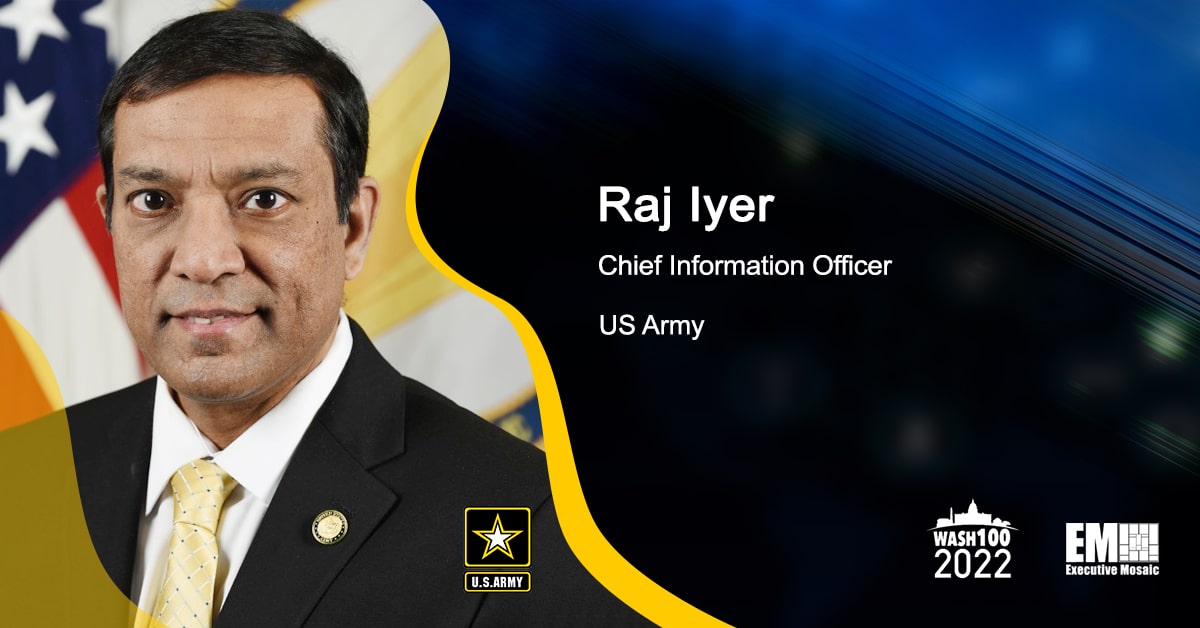The U.S. Army recently unveiled some of its initiatives to adopt cloud computing platforms in a push to transform the branch’s information technology processes.
At the onset of the pandemic in 2020, the Department of Defense rolled out the Commercial Virtual Remote platform to facilitate online collaboration for telework arrangements across its enterprise. DOD was scheduled Tuesday to phase out the CVR environment.
With this decommissioning move, the Army continues its efforts to transition the service to a cloud-based environment that will include a suite of Microsoft 365 collaboration tools for video, voice teleconferencing, email, chat and shared drive applications.
“Army 365 gives us an enduring capability to collaborate across the Army, along with our sister services, the joint force and industry,” said Raj Iyer, the branch’s chief information officer.
The service also elevated its enterprise cloud management office into an agency to recognize its cloud migration efforts as a priority.
The ECMO was established in 2019 to act as the centralized cloud migration resource of Army information. It achieved the “functional” operating capacity in March 2020.
Recently, the branch also exhibited its renewed commitment to mitigate cyber threats after leading the Hack the Army 3.0, in partnership with HackerOne, which started in January and ran for six weeks.
The results of the bug bounty challenge showed that the researchers found 238 vulnerabilities within the Defense Digital Service and the Army’s two platforms. Of this, 102 were identified as critical security vulnerabilities.
Maya Kuang, DDS army product manager, said the event aimed at leading the government into the modern security environment and encourage the continuous evolution of cybersecurity.
“We cannot afford a ‘next time we will do better’ mentality. I strongly believe a proactive approach is critical, which means finding potential problems and addressing them before they are realized,” she added.
For Johann Wallace, compliance division chief of the Army Network Enterprise Technology Command, Hack the Army is an avenue to reveal errors in content and coding that may be overlooked in the process of compliance testing.
“Just because a system is patched doesn’t mean that it’s secure,” he said.
As the Army develops initiatives to boost its program and legacy capabilities, strategies and reforms are being outlined to achieve the next generation of the nation’s defense systems.
Find out what federal and industry leaders have to share on the Army’s programs and priorities for digital transformation and modernization during GovCon Wire’s Army: IT Management and Transformation Forum on Thursday, June 17, at 9:00 a.m. EST. Register here.






